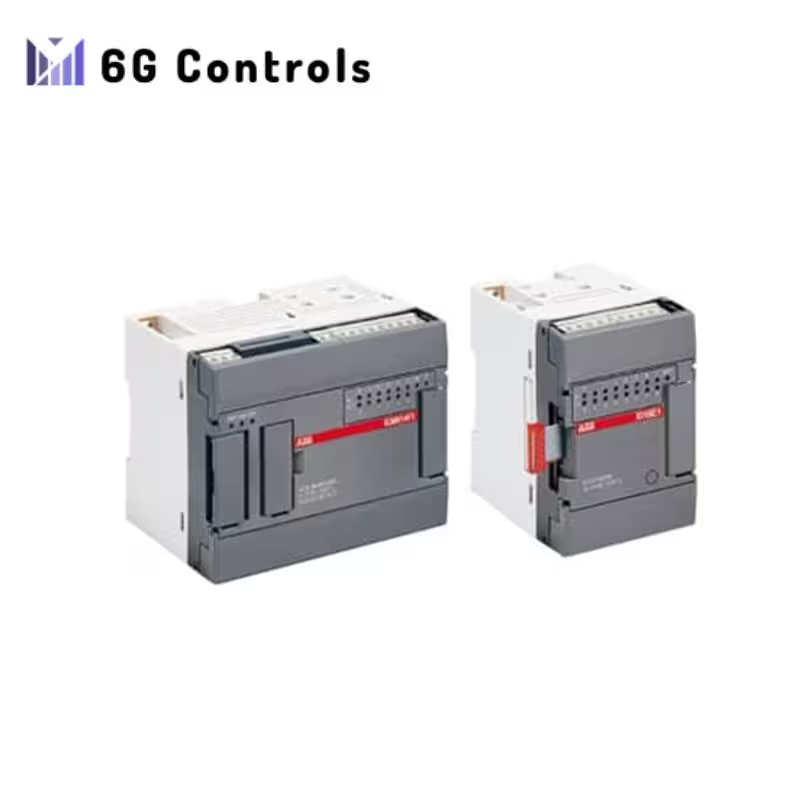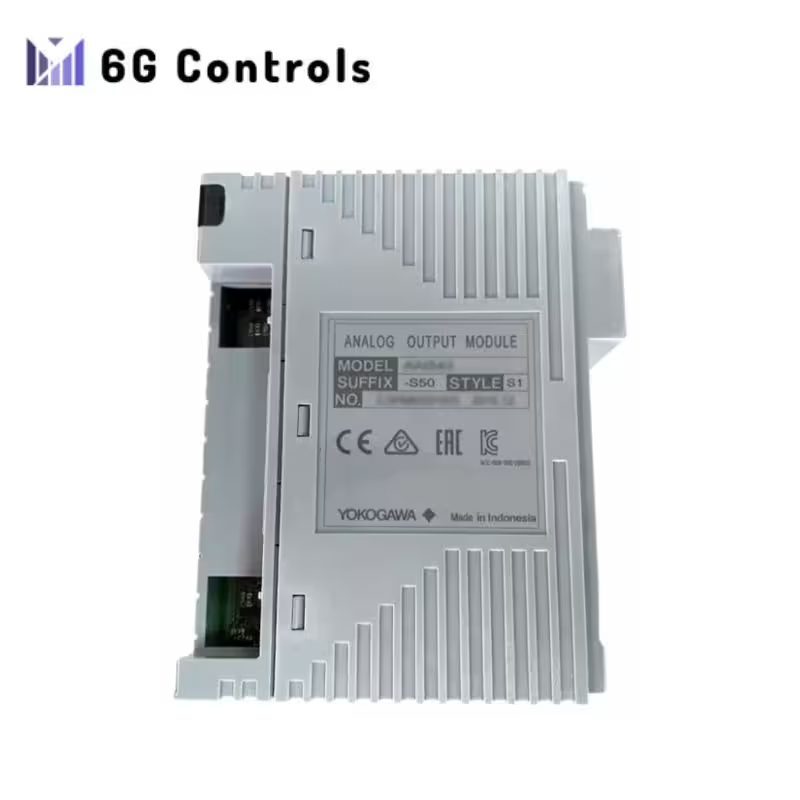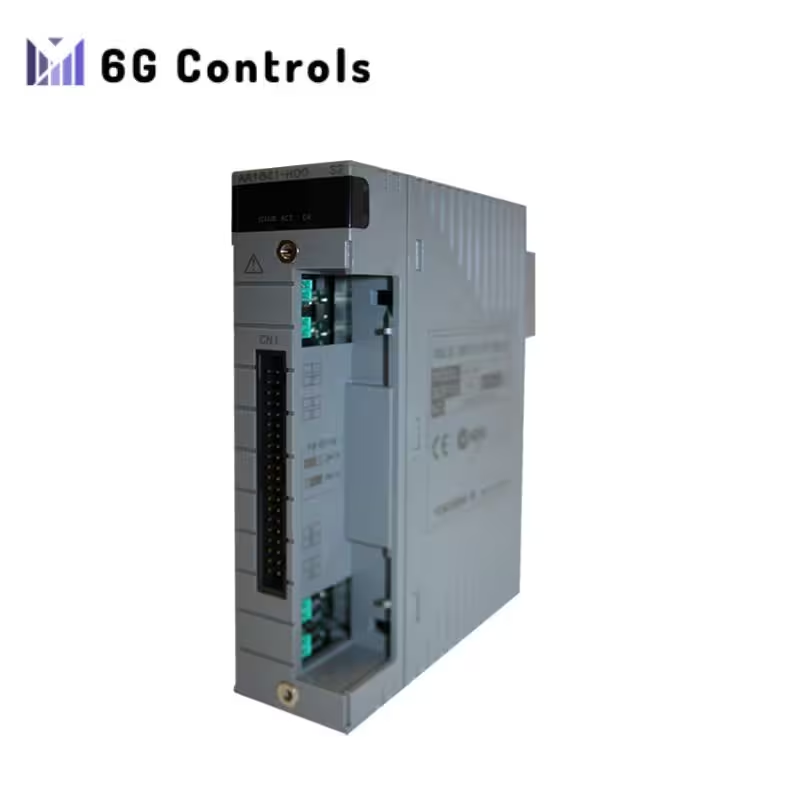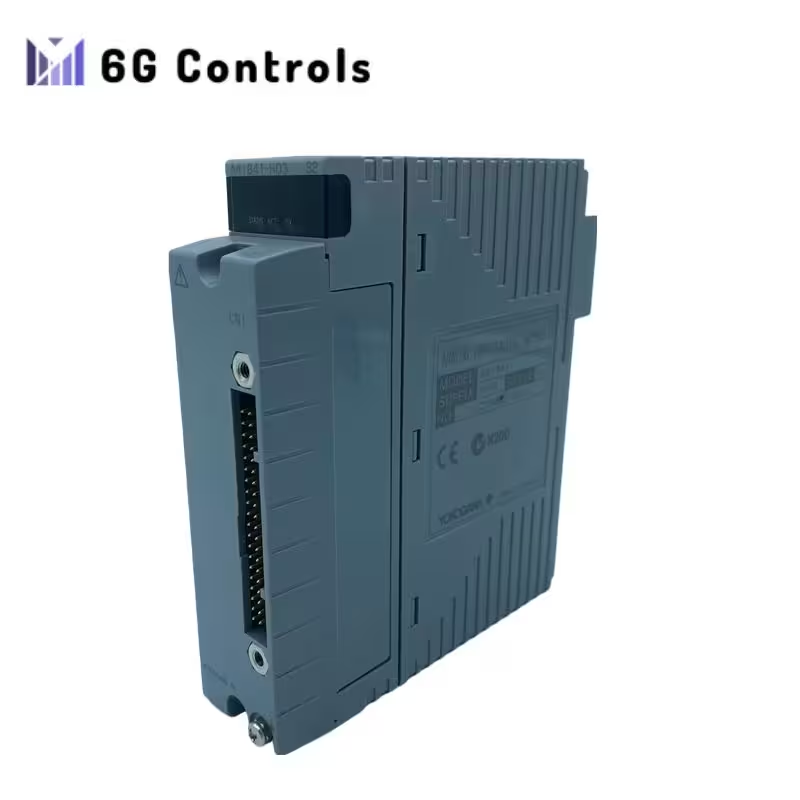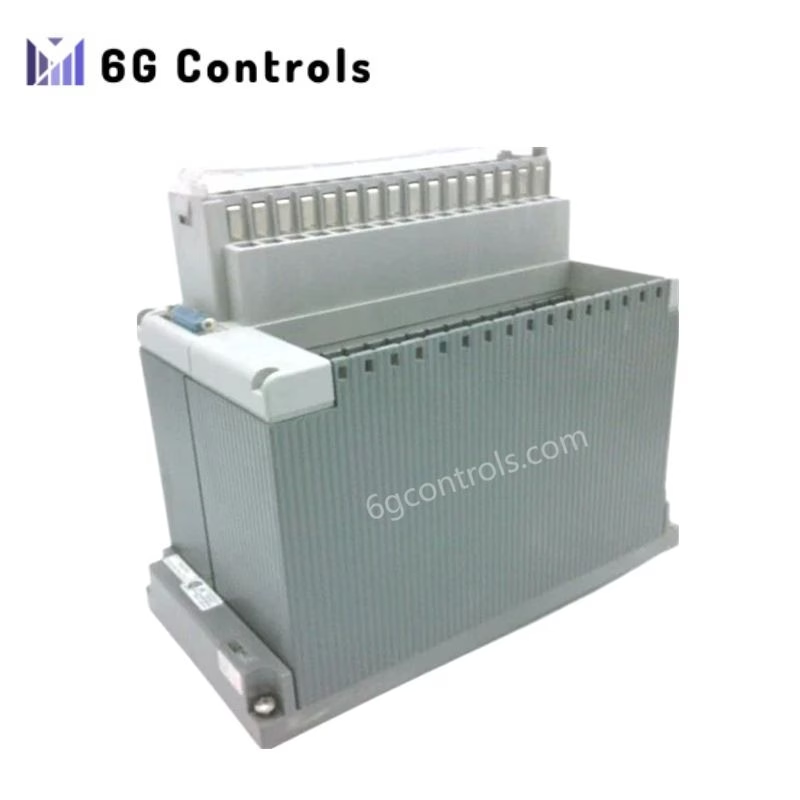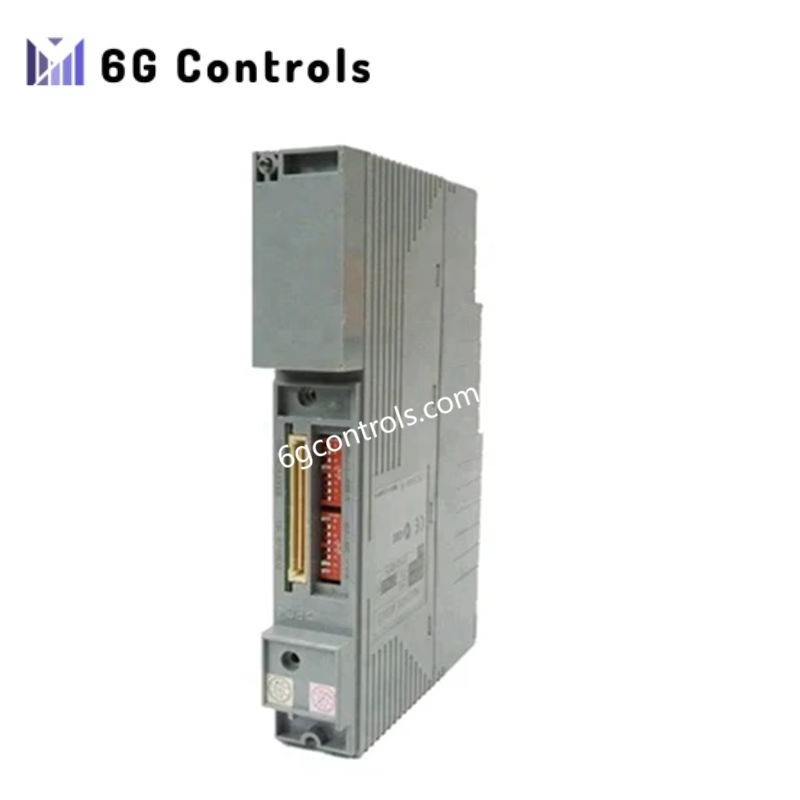
Analog I/O module
Analog I/O Module
Analog I/O modules serve as an interface between real-world analog signals and digital control systems like PLCs and data acquisition systems. They perform two main functions:
- Analog-to-Digital Conversion (ADC): Converts analog signals (e.g., voltage, current) into digital values for processing by digital systems.
- Digital-to-Analog Conversion (DAC): Converts digital values from a control system into analog signals to control external devices.
Key Technical Specifications
When selecting an analog I/O module, consider the following specifications:
- Input/Output Type:
- Voltage Input: Accepts analog voltage signals within a specified range (e.g., 0-10V, ±10V).
- Current Input: Accepts analog current signals, typically 4-20mA or 0-20mA.
- Voltage Output: Generates analog voltage signals within a specified range.
- Current Output: Generates analog current signals, typically 4-20mA or 0-20mA.
- Thermocouple/RTD Input: Accepts temperature signals from thermocouples and Resistance Temperature Detectors (RTDs).
- Resolution: The number of bits used to represent the analog signal. Higher resolutions (e.g., 16-bit, 24-bit) offer better precision and accuracy.
- Accuracy: Represents the difference between the actual analog signal and the value shown by the module. This is expressed as a percentage or in parts per million (ppm).
- Sampling Rate/Conversion Time: Defines the speed of converting analog signals to digital values, or vice versa. A higher rate is needed to capture rapidly changing signals.
- Input/Output Range: The range of values the module can handle for both inputs and outputs.
- Input Impedance: The resistance seen by the analog signal source. A high input impedance minimizes loading effects.
- Output Impedance: The resistance of the module’s output. Low output impedance helps reduce signal loss.
- Isolation: Electrical isolation between the analog and digital sides of the module. This prevents digital systems from voltage spikes and noise.
- Communication Interface: Defines how the module communicates with the control system (e.g., Ethernet, Modbus, Profibus).
- Operating Temperature Range: The range of ambient temperatures the module can reliably operate in.
Applications
Analog I/O modules are used in various industries for numerous applications:
- Industrial Automation: Control of motors, valves, and actuators in manufacturing processes.
- Process Control: Monitoring and controlling temperature, pressure, flow, and other variables in industries like chemical plants and refineries.
- Data Acquisition: Collecting sensor data for analysis and monitoring in research, testing, and environmental monitoring.
- Building Automation: Managing HVAC systems, lighting, and other building services.
- Energy Management: Monitoring and controlling energy consumption in buildings and industrial facilities.
 6G Controls - Leading Supplier of New & Original PLC 、DCS Parts and Automation Controller
6G Controls - Leading Supplier of New & Original PLC 、DCS Parts and Automation Controller
